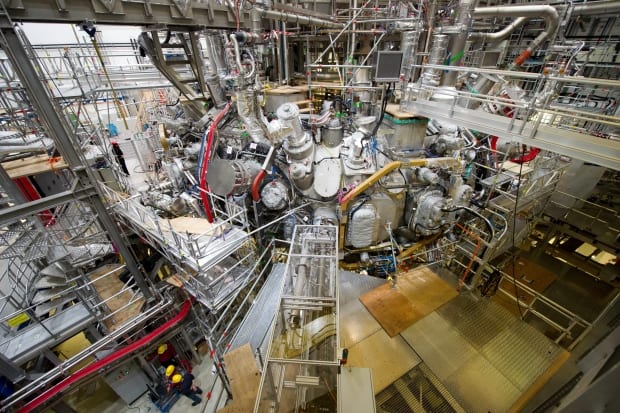According to a senior scientist, Robert Wolf, who was working on the project, the process was a complete success. He went onto to say that a system that is as complex as this will require everything to be kept in check. Since they had to check each and everything and make sure that the test would end up being risk free, you can wonder why it took such a painfully long period. This latest experiment allowed researchers to test the multitude of magnets required, which must be cooled thoroughly during operation. According to these scientists, they were able to draw a ton of inspiration from the early problems with the Large Hadron Collider’s magnet woes in their design of the system. German Chancellor, Angela Merkel was also present there and is it any wonder that she pressed the button herself in order to commence the hydrogen plasma test. Given below are the facts taken from the theoretical point of the view of the experiment:
The German constructed Wendelstein 7-X stellarator has not been designed to produce its own energy, but it allows for the testing of many principles of fusion. Scientists hope that by 2025, they would have made it possible to stabilize plasma for up to 30 minutes at a time, which would pave the way for future research and development. Merkel holds holds a doctorate in physics, and is very keen for Germany to continue pushing this technology forward, since it is one of the most important technological breakthroughs that could be achieved this century.
